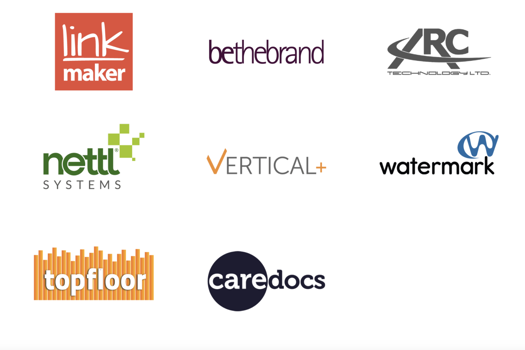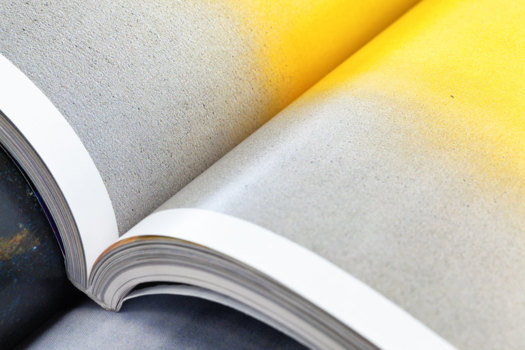Less expensive photosetting equipment was signposted by the Photon 713-5 machine and by a couple of PhotoText Setters from Fairchild.
More significantly, Purdy and McIntosh exhibited the PM Filmsetter, which was subsequently, and quickly taken over by Linotype to become the oft-celebrated Linotron 505.
At Drupa 1972, the upsurge of phototypesetting was to be broadly observed in several developments, instanced by the Photon Pacesetter Mark 2 and the Berthold Diatronic. Kodak also enhanced phototypeset output with a resin-coated sensitive paper providing a superior alternative to stabilisation materials.
At Drupa 1977, the electronic mechanical direct-entry phototypesetter for “everyman” reached its zenith in the Computergraphic EditWriter 7500, a hugely successful device. Also at this Drupa, Electronic printing established a presence in the form of the Xerox 9700 running at 120ppm.
Digital phototypesetting had become the vogue by Drupa 1982 and a new Comp/Edit 6400 phototypesetter from AM simply confirmed the trend.
Another important happening was the integration of personal computers into pre-press equipment, as exemplified by the APL-100 keyboard from Linotype. Office and industrial technologies seemed to be merging in readiness for desktop publishing.
Lawrence Wallis held international pre-press marketing positions and was a respected author and print historian.
The print timeline marked by Drupa
Drupa 1967 was arguably the most memorable for me. It seemed to mark the threshold between the old and the new worlds of printing technology.






